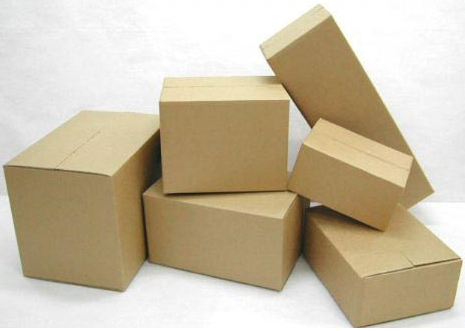Source:Link Testing Instruments Co.,Ltd

Carton is a commonly used packaging product during product transportation and storage. It has the advantages of easy access to materials, light weight, easy printing, and low cost. According to different paper quality, carton boxes are divided into corrugated boxes, single-layer cardboard boxes, etc., based on the number of layers of paper that make up the carton, corrugated boxes can be divided into three-layer corrugated boxes (because they contain one layer of corrugated paper, also known as single Corrugated boxes), five-layer corrugated boxes (double corrugated boxes), seven-layer corrugated boxes (three corrugated boxes), etc. In addition to the above-mentioned structural differences of the cartons, the different factors such as the collocation and moisture content of the cartons will cause differences in the stacking resistance of different cartons. In order to improve the utilization of storage space, when the products are stored or transported in cartons, the cartons are generally in a stacked state. The upper carton will exert a certain pressure on the lower carton. If this pressure exceeds the lower carton The lower carton will be deformed or even crushed. Therefore, the stacking capacity of cartons is one of the factors that should be considered before stacking cartons.
Testing methods and instruments
The current domestic standards for stacking test methods include GB/T 4857.3-2008 "Basic Test Methods for Packaging and Transport Packages Part 3: Static Load Stacking Test Methods", and GB/T 4857.4-2008 "Basic Tests for Packaging and Transport Packages" Part 4: Compressive resistance and stacking test method using pressure testing machine" etc. The standard referenced in this test is GB/T 4857.4-2008.
Test principle
Calculate the pre-pressure applied to the sample according to the number of stacked layers of the sample and the pressure of each layer, and maintain the pre-pressure within a specified time or keep the pre-pressure until the sample is damaged, by measuring the size change of the sample or recording The time of sample damage to determine the stacking capacity of the sample. In addition, the pressure of each layer of the sample can be a pressure gradient, and the pressure is increased to the sample until the sample is damaged, so as to obtain the number of stacking layers that the sample can withstand.
Test sample and test process
Test sample: This article uses a corrugated box used by an enterprise as the test sample.
Experimental procedure:
(1) Load the sample with pre-packaged materials similar to the packaged product, and package the sample according to the normal packaging order when the product is shipped.
(2) Measure the size of the sample.
(3) Place the sample on the lower pressure plate of the equipment, calculate the pre-pressure value according to the number of stacked layers and the pressure of each layer, and set the pre-pressure, time and other test parameters.
(4) The upper pressing plate of the equipment moves downwards and contacts the sample. After reaching the set pre-pressure, the test starts timing.
(5) After reaching the set time, remove the sample and measure the size of the sample.
Test results and analysis
The pre-pressure value of the sample tested in this paper is 800 N. After maintaining this pressure for 24 hours, the height of the sample is reduced by 2.5 mm.
The stacking capacity of cartons is an important factor related to whether it is prone to stacking during transportation and storage, and whether the goods on the bottom layer are easily squeezed and deformed. LTKYJ-10K carton compression tester is a professional testing equipment for carton stacking tests. It has the advantages of simple operation, practicality and convenience, and high degree of intelligence. The test results can be reliably used to guide the transportation and storage process of the product .
For more details of the Carton Compression Tester LTKYJ-10K please visit www.linktesting.org